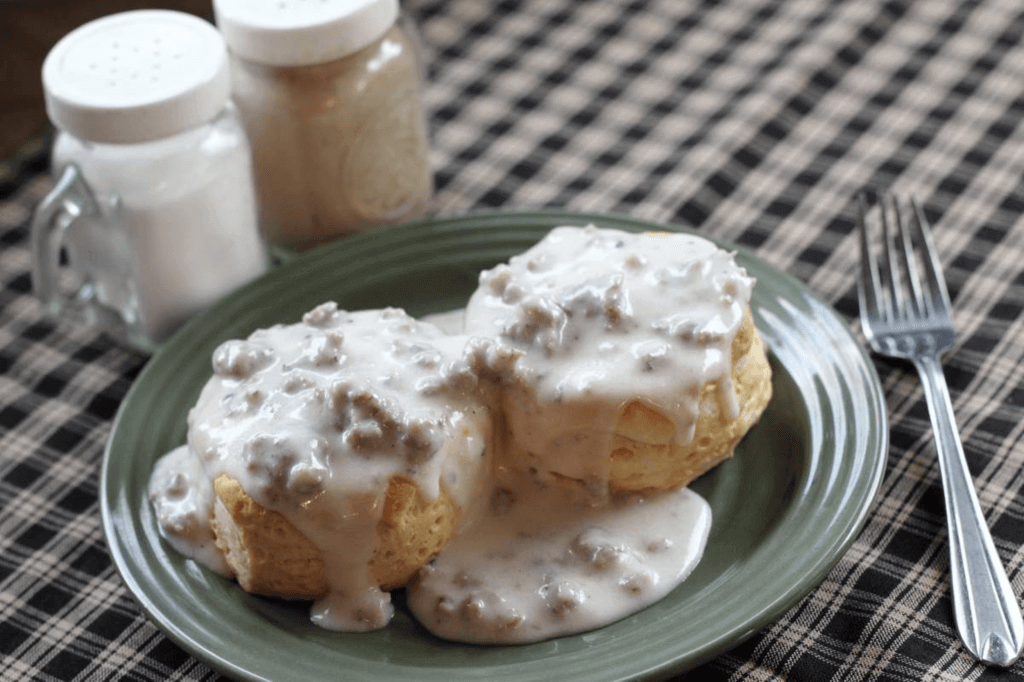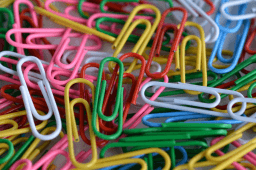National Biscuit Day
National Biscuit Day is observed next on Friday, May 29th, 2026 (246 days from today).

National Biscuit Day is celebrated on May 29th of every year in the United States to celebrate the delicious biscuit-like food holiday.
Call all smart cookies! National Biscuit Day offers the perfect opportunity to indulge in a cookie about one of the world's most popular snacks. But do you realize how many types of cookies there are?
American biscuits are small rolls of bread, usually served for breakfast or as a side dish. In the UK, however, the word "biscuit" is used for a flat pastry, known as a "biscuit" in the US. One of the most unusual traditional British breeds is the Garibaldi. Also known as a "fly cookie", it contains grapes in between two layers of dough.
History of National Biscuit Day
Many of you will be surprised to learn that cookies are not a modern invention. Indeed, they were out of necessity in the ancient times. Merchants and military personnel in the Roman, Greek, and Egyptian empires often spent weeks at sea, transporting goods and making their way to foreign shores. Therefore, they need a snack that can provide them with a source of calories during the journey. Fresh food is out of question. It will not continue. So captains turned to stock their lard with dry foods that wouldn't spoil.
Conservation techniques were quite advanced in ancient times. People know that if you dry something, it will last longer and won't go away. Therefore, millers begin to grind the flour and then bake the cooked bread at low temperature for a long time. This technique helps to retain nutrients but remove the water component, preventing microbial growth.
From that point on, dry, biscuit-like bread became a staple at sea. For example, the ancient Egyptians cooked flatbreads made from an old grain called millet. Then the Romans created the first example of what we commonly call a cookie. They spread the flour on a plate and then let it dry and harden.
Biscuits also played an important role in the early history of medicine. Many doctors believe that problems with the body appear in the intestines. The “imbalance” in the gut resulted in patients developing all sorts of unpleasant symptoms, including many of the health problems we can recognize today. However, doctors considered biscuits as a health supplement - very different from the views of doctors today - and prescribed it daily for people with digestive problems.
Interestingly, this approach will probably work. Chefs made ancient cookies with whole grains and no sugar. They are a simple, fiber-rich food that is ideal for soothing the stomach.
Eating biscuits at sea was still popular in medieval times. In the sixteenth century, the Royal Navy provided its sailors with a daily allowance of a pound of biscuits and a gallon of beer (yes, you read that right!) to help them fend off their armed ships. Spain.
The modern (or should we say "confectionery") conception of the cookie as a sweet treat didn't begin until the seventh century. The ancients considered them as a travel treat - something you take with you on long trips without breaking. But the Persians began to experiment. Instead of just making the dough into a paste with water, they started incorporating other ingredients like eggs, butter, and cream to improve the texture. They found that when you add these items to the mix, you get softer, more luxurious delicacies. After a while, sweet things like fruit and honey are introduced to create the first cookies in history.
Biscuits appeared in Europe since the end of the tenth century. Legend has it that an Armenian monk traveled from Central Asia to France and passed on a recipe he had learned in the Caucasus. The favorite flavor was ginger.
Even so, these cookies were still not the modern confectionery we love today. They are smoother and tastier than their predecessors, but mass production of sugar is not yet available. For most of the Middle Ages, biscuits were a side dish and an exotic delicacy that people in some parts of the world occasionally enjoyed as part of their traditional cuisine.
However, when sugar production rose sharply in the 18th century, the game changed. Suddenly, flour millers and bread makers could add sweetness to their mixes and create entirely new types of products, all at a fraction of the cost.
By the 19th century, per capita sugar consumption had skyrocketed, and cookie companies such as McVitie's, Crawfords and Carr's all set up factories to mass-produce the confectionery.
The history of the cookie, however, is divided between the New World and the Old World. In the New World, the term means quick, soft, leavened bread. In the Old World, it referred to a product made of unleavened, hard, and flat flour.
National Biscuit Day is a celebration of cookies in all their forms - not just cookies, but oatcakes, crackers, water cookies and crackers. While most of the cookies sold are sweet, savory varieties still make up a significant portion of total sales.
How to celebrate National Biscuit Day
As you can imagine, celebrating National Biscuit Day is fun. It's your annual excuse to eat as many cookies as you want and bake on the spot.
Baking an ancient Roman biscuit known as buccellum is perhaps the most enjoyable way to experience the day. While the final product won't taste as good as the biscuits produced, it will give your insight into the type of cuisine people have enjoyed in the past while sailing.
Without that, there's nothing stopping you from baking traditional cookies or crackers. What's more, you can try unique, healthy versions using authentic ingredients. There are many recipes that still use whole wheat flour and sugar substitutes on the internet.
Cookies are an experience you want to share. So many people invite family and friends over for a traditional afternoon tea and biscuits. You simply take your favorite tea (Assam, Darjeeling, etc.), add some milk, some sugar, then combine with your favorite biscuit - sweet or savory! Many people like to dip cookies in their tea.
Traditionally, cookies have a specific size and shape. However, there's no need to stick to the official format if you don't want to. Cookies don't have to be round. If you have several cutters at home, use them well. You can make cookies in the shape of a donkey, a car, a star, a heart, and a triangle - whatever you have. And for extra fun, you can cover them with icing sugar.
Little is known about how National Biscuit Day began, but there's no reason to miss the celebration. So prepare a treat for friends and family, or settle in with a cup of tea or coffee and enjoy one of your favorites. Don't forget to share your creations with your friends on social networks. You never know what other cookie believers are lurking out there.
Observed
National Biscuit Day has been observed annually on May 29th.Dates
Wednesday, May 29th, 2024
Thursday, May 29th, 2025
Friday, May 29th, 2026
Saturday, May 29th, 2027
Monday, May 29th, 2028


